BACK TO HOME
Sugarbush Management
- 24 STORIES
- PAGE: 1 2 3
- SHOW ALL
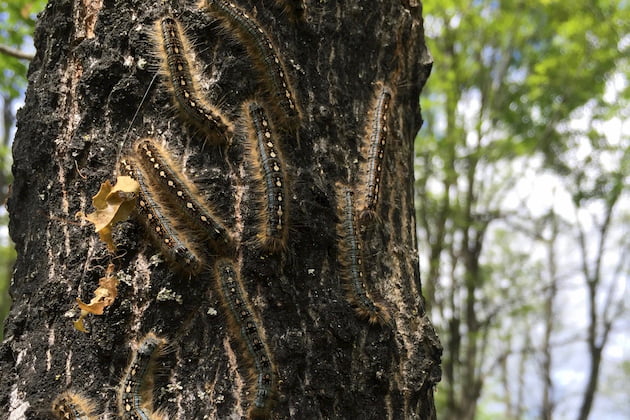
Caterpillars have retreated Vermont
Peter Gregg | July 28, 2020
MORRISVILLE, Vt.—Infestations of Forest Tent Caterpillar in Vermont have been largely non-existent this summer, state officials say.
"It's pretty quiet on the caterpillar front in Vermont,” said Mark Isselhardt of UVM Extension, who has been monitoring the pest on behalf of the maple industry for the past several years.
Issellhardt says the numbers have crashed due to natural controls like parasitic "friendly flies," viruses and birds.
The caterpillars are a naturally occurring pest that typically defoliate trees over the course of a three year cycle during an outbreak. [ MORE ]
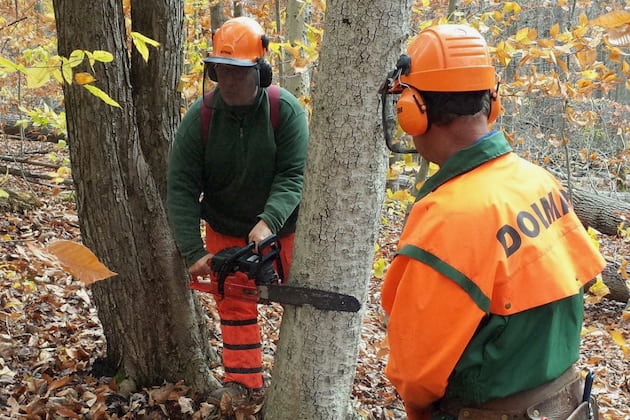
What to do about the dead ash in your woods
Peter Smallidge, NYS Extension Forester and Director, Arnot Teaching and Research Forest | June 22, 2020
ITHACA, N.Y.—The emerald ash borer (EAB, Agrilus planipennis) will have significant impacts on eastern hardwood forests.
In many areas the impact has happened.
Unfortunately, all of the mature ash are likely to die once EAB establishes and spreads in a woodlot.
Current research and corresponding field trials are evaluating the efficacy of parasitoid wasps and other biocontrol agents, but their greatest impact is likely to offer hope for ash seedlings and saplings.
More information about the EAB biocontrol program is available at http://www.emeraldashborer.info/biocontrol.php.
[ MORE ]
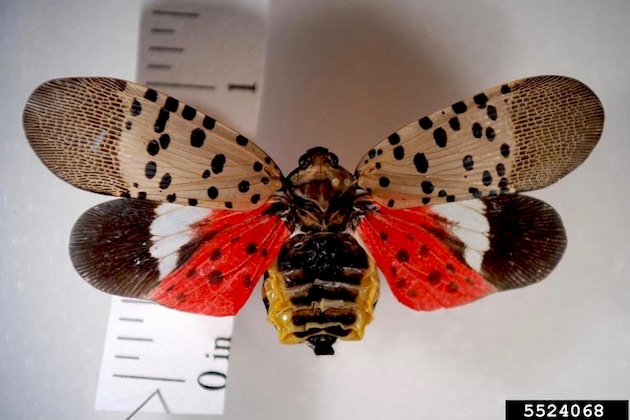
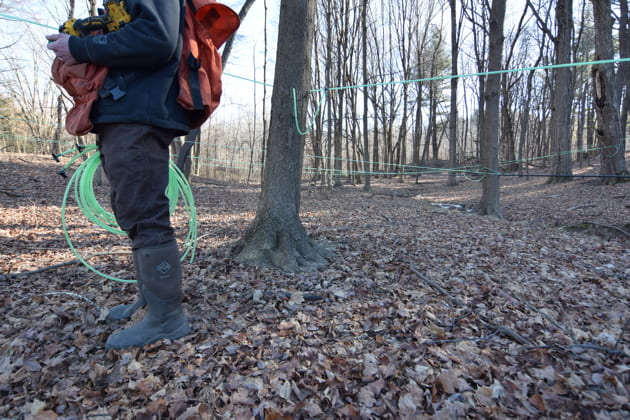
Study shows declining winter snowpack is hurting the sugar maple
Peter Gregg | February 13, 2019
NEW YORK—Despite a steady campaign of snowstorms this winter, the decades-long trend of declining snowpack is slowing down tree growth, scientists say.
A loss of snowpack, and in turn a deeper frost layer, dramatically reduces the ability of the sugar maple to take up water and nutrients through frost damaged roots, according to researchers.
“The experiments we conducted suggest snowpack declines result in more severe soil freezing that damages and kills tree roots, increases losses of nutrients from the forest and significantly reduces growth of the iconic sugar maple,” said Andrew Reinmann, PhD, Assistant Professor, Environmental Sciences Initiative, CUNY Advanced Science Research Center at Hunter College in New York City. [ MORE ]
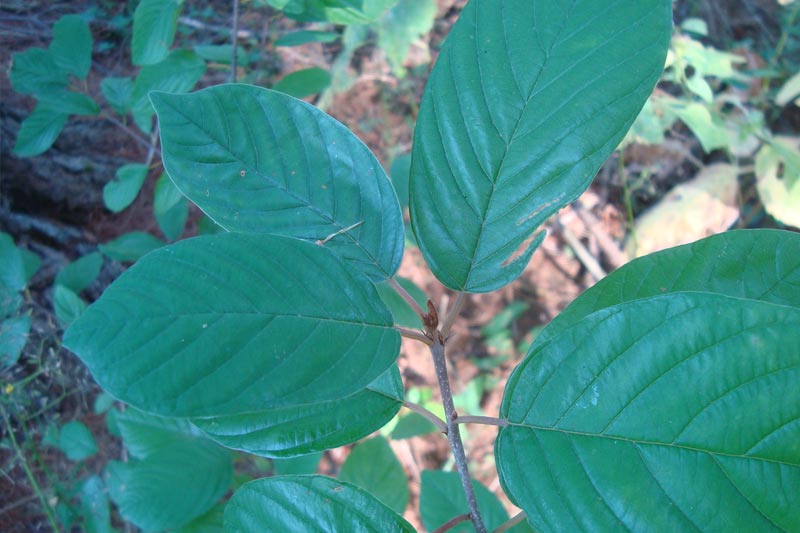
Buckthorn management in the sugarbush
Peter Smallidge, Cornell University | August 24, 2018
Glossy buckthorn (Frangula alnus) and European buckthorn (Rhamnus cathartica) are common and can aggravate many ownership objectives. A variety of chemical and mechanical (i.e., organic) methods are available for the sugarmaker to control these species.
The buckthorns originated in Europe, northern Africa and western Asia. Their history of introduction into the US is poorly recorded, but many other examples of species that have become interfering were introduced in the middle 1800’s.
Glossy buckthorn was formerly known as Rhamnus frangula and is different but looks similar to the native alder-leaved buckthorn (Rhamnus alnifolia). Glossy buckthorn is a small shrub that is most common on moist soils, often near wetlands.
As with other interfering species, the interfering buckthorn species can dominate a site resulting in complicated access, reduced success with forest regeneration, and a reduction in plant species diversity. [ MORE ]
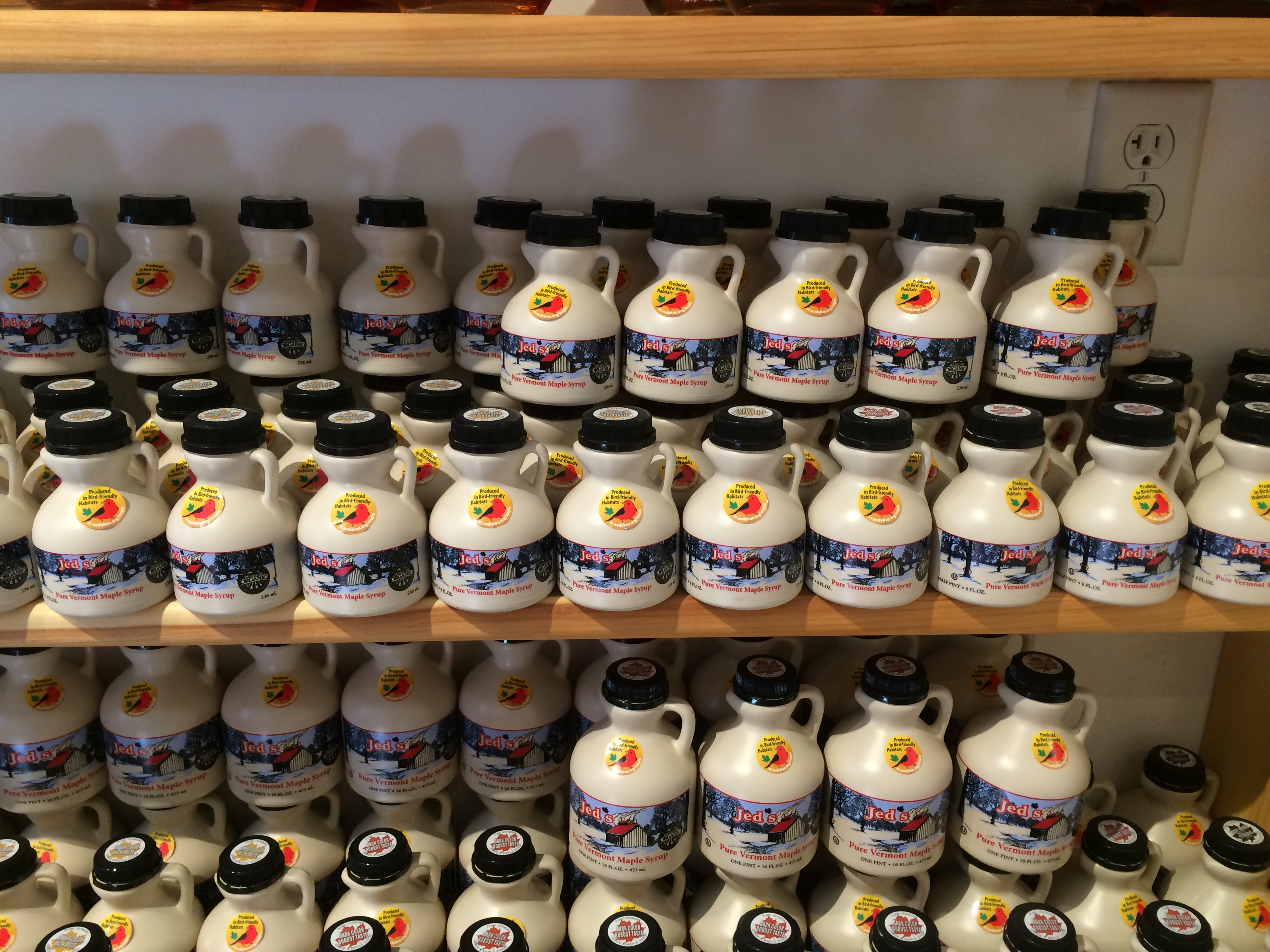
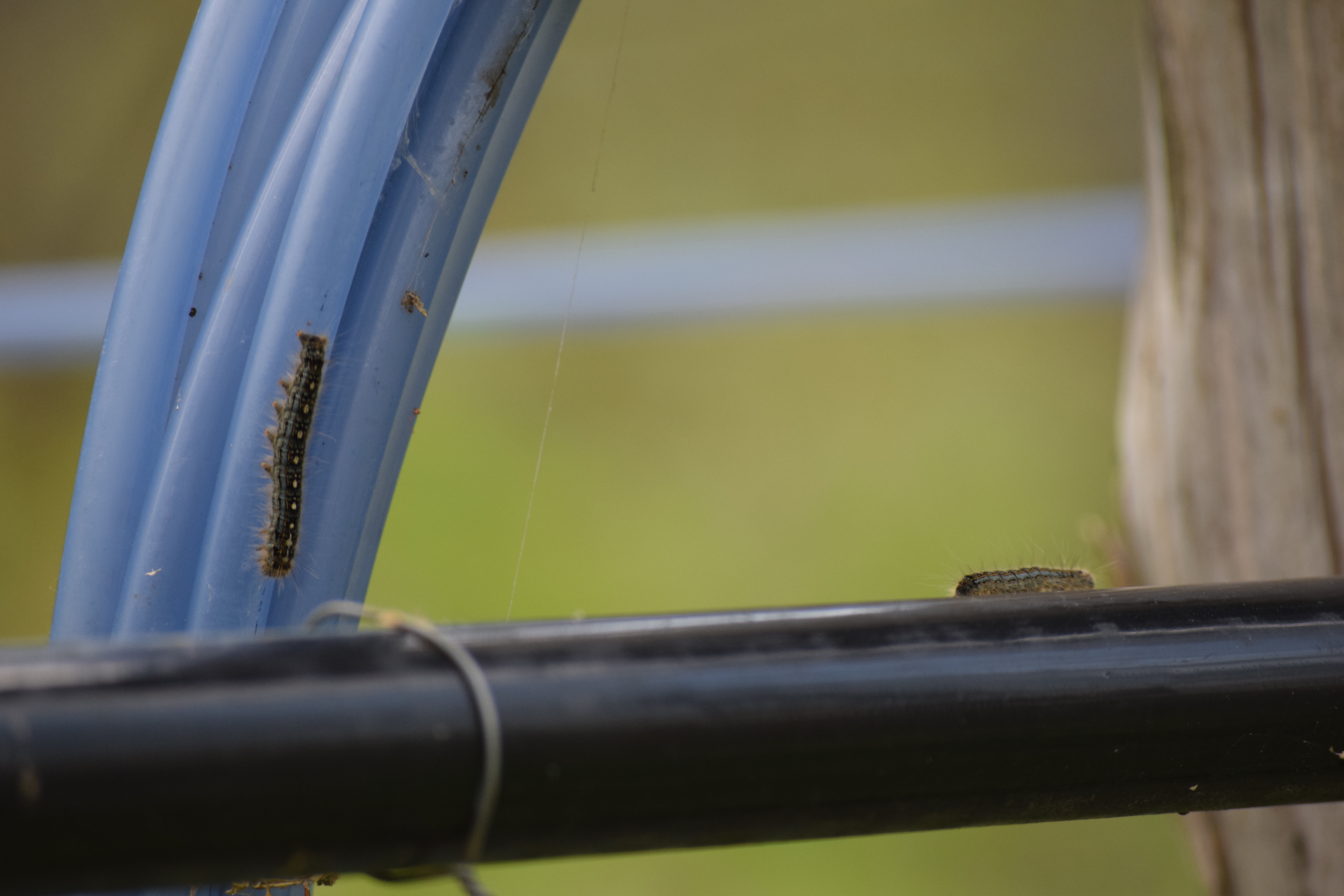
Forest tent caterpillars back on the crawl in Vermont
Leon Thompson | June 20, 2018
BURLINGTON, Vt.—Just how many acres of maple trees will the forest tent caterpillar affect in Vermont this year — and possibly next?
State officials and maple industry experts in the Green Mountain State are using the remainder of this year to find an answer to that question.
By the end of July, the state will have sketched a map of Vermont that will help delineate specific areas of defoliation caused by the forest tent caterpillar this year.
Then, over this coming winter, The Vermont Department of Forest, Parks and Recreation will work with the Civil Air Patrol to conduct an arial egg mass survey of the entire state, to prepare for 2019.
[ MORE ]
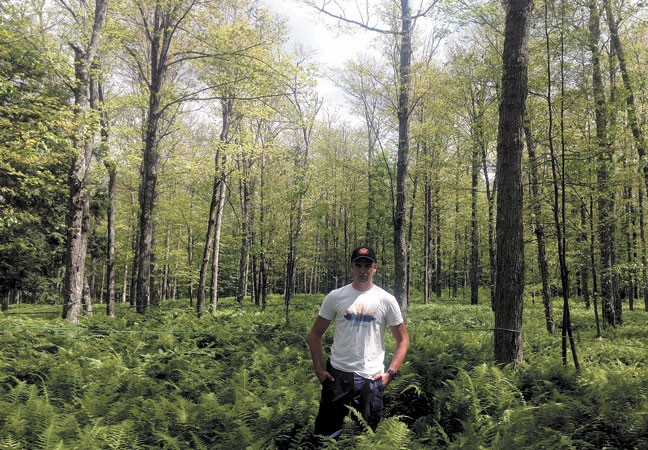
Wriggling little pests have something to chew on
Paul Post | Oct. 3, 2017
David Smart is used to seeing the sun shine down through treetops when sap starts flowing in his northern New York sugarbush. In July, there’s normally have heavy green canopy overhead.
But not this year as an unprecedented infestation of forest tent caterpillars has stripped trees of their leaves, creating a scene that looks more like early spring instead of mid-summer. Hundreds of acres throughout the North Country have been affected by the wriggling little pests. [ MORE ]































